NEWS
28.02.2025
The People of Peru Have an Incredible Love for Dragon Ball! We Went to the Embassy of Peru in Japan To Find Out Why!
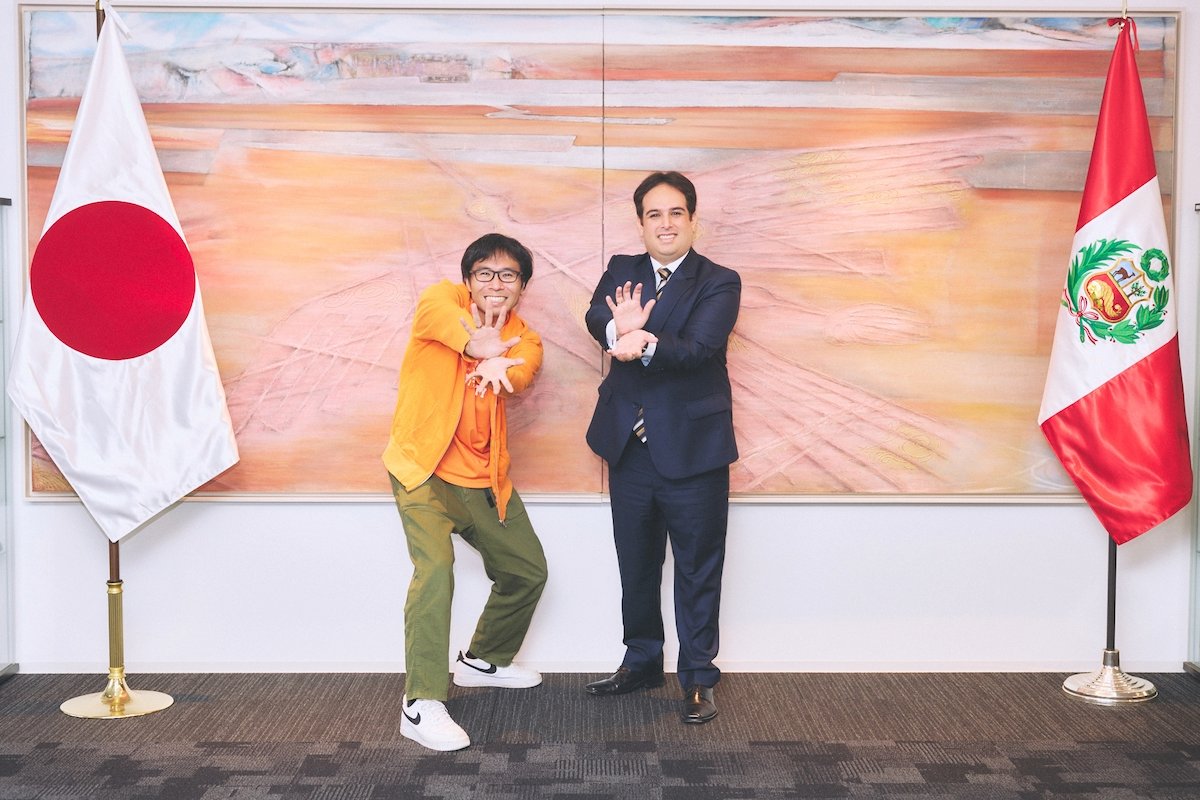
The nation of Peru lies in South America. Long ago it was the center of the Inca Empire and today it is famous for many popular tourist destinations including Machu Picchu and the Nazca lines.
Peru has deep ties to Japan and a deep love for Dragon Ball! The series is naturally very popular in its nation of origin, but it's also gained significant popularity in Peru, despite the two nations being on opposite sides of the world. In order to find out just how famous Dragon Ball is and why, I rushed to the Embassy of Peru in Japan to get the lowdown.
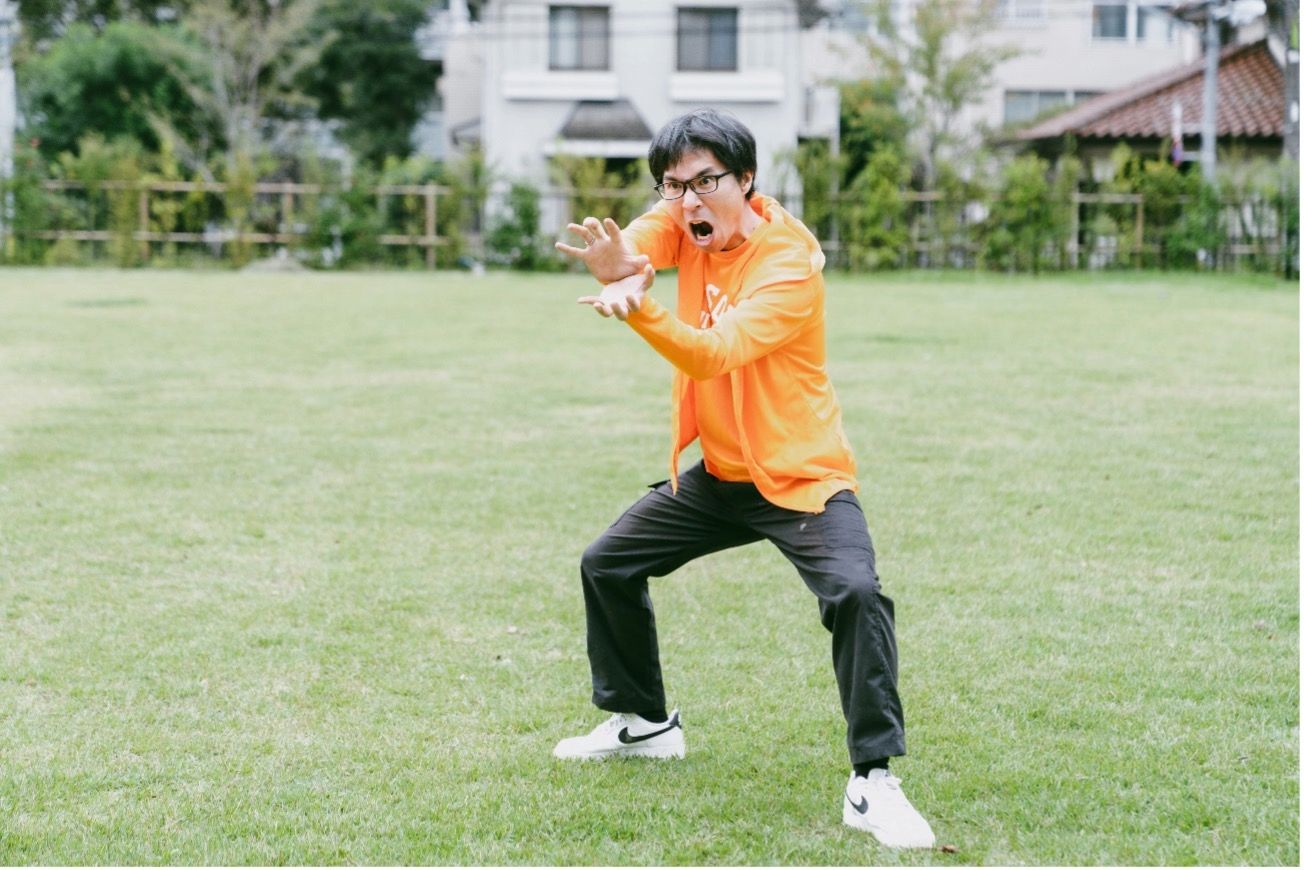
The humble author of this article!
I've been to Peru before, and during my time there, something happened that made me wonder if I was still in Japan. Not only did I spot my fair share of Dragon Ball-related toys, but I also saw many people with tattoos of Goku, Piccolo, and other popular characters. It became clear there was a real appreciation for the series in this country.
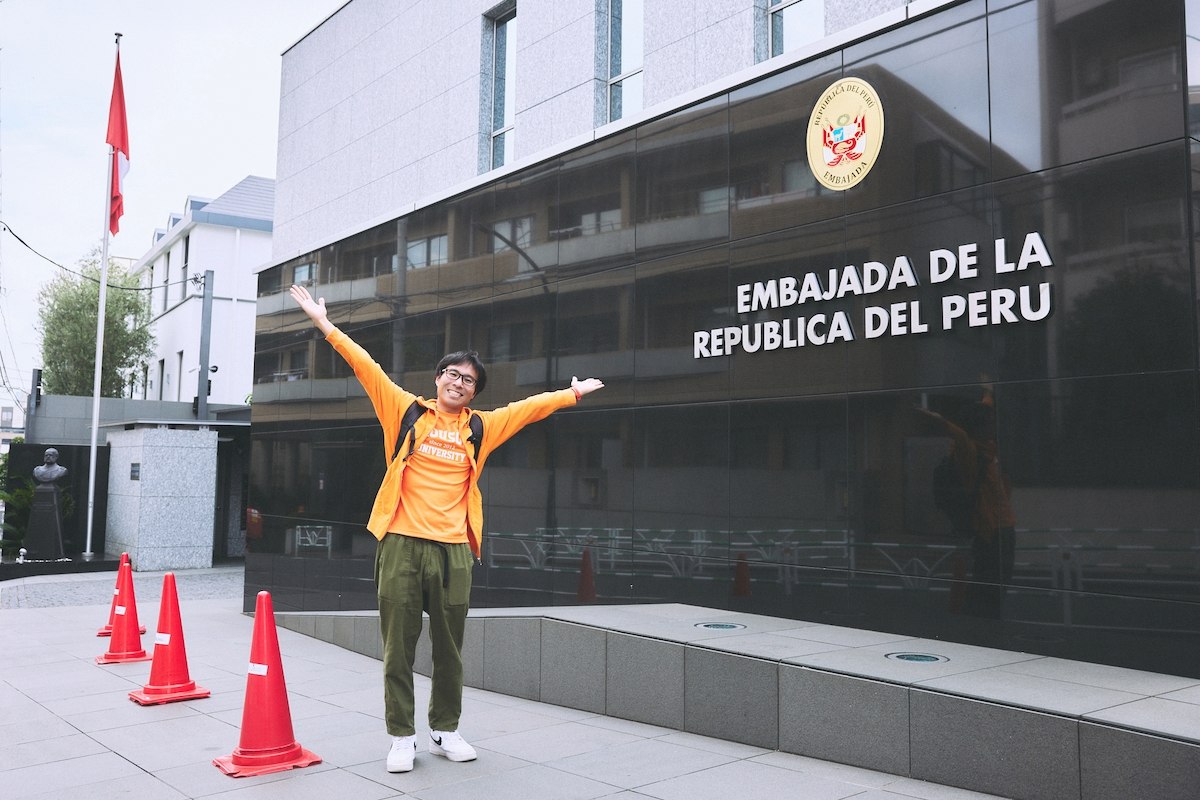
Here I am at the Embassy of Peru in Japan!
This time I had the pleasure of speaking with First Secretary Julio Tenorio. He arrived in Japan for this job in April 2024 and therefore hasn't had much experience living here yet. However, he is one of many Peruvians with a love for Dragon Ball that's lasted for over 30 years.
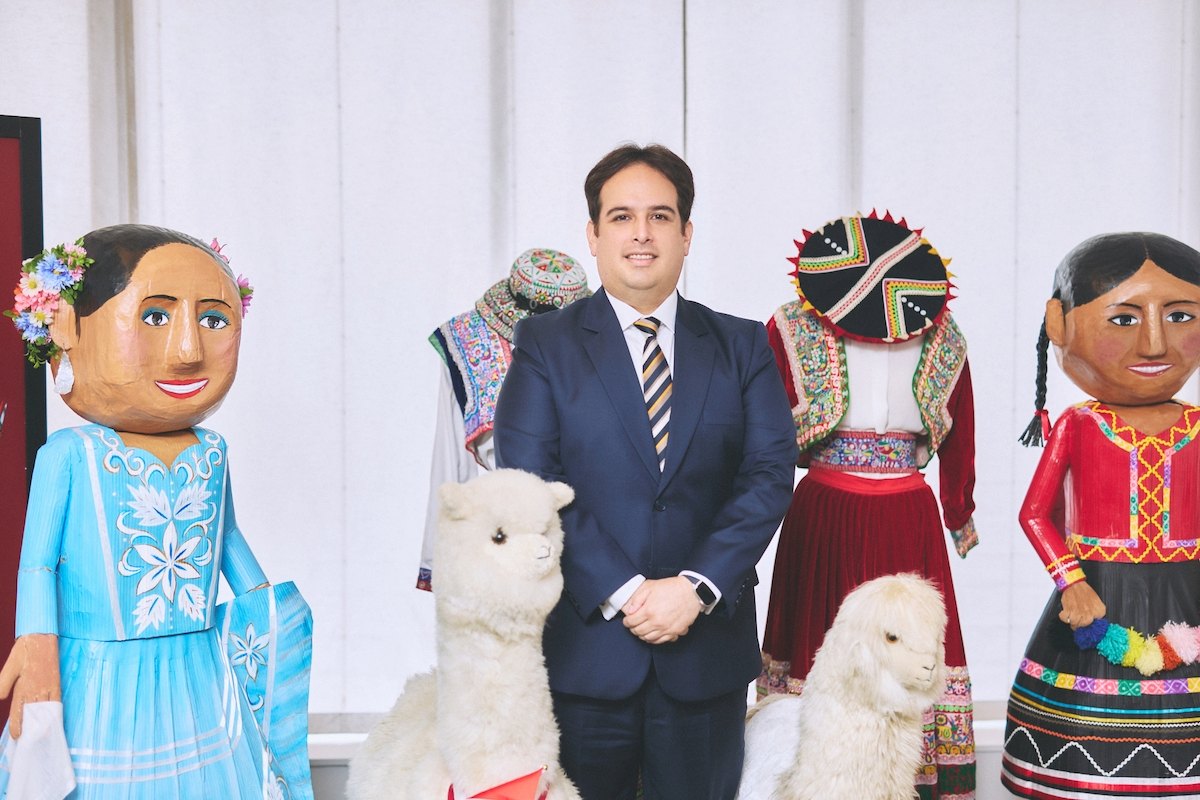
Julio Tenorio. Born in 1986. Second Secretary at the Embassy of Peru in Japan. He first started watching Dragon Ball on TV at a very young age and came to adore the franchise, having watched all of the anime and feature films that have been broadcast and released to date. He is now enjoying the anime Dragon Ball DAIMA, which began airing in October 2024.
*This interview was conducted in Spanish and Japanese via simultaneous interpretation.
Dragon Ball Was Broadcast Daily on TV in Peru?
Thank you very much for taking the time for this interview. Let me get straight to the point: Is Dragon Ball popular in Peru?
Oh yes, definitely. The Dragon Ball anime began broadcasting in Peru in the '90s, so the children of that time grew up with it for 30-some years. I think the people of Peru have watched all things Dragon Ball, from the original series all the way to Dragon Ball DAIMA.
Amazing! Why is Dragon Ball so popular in Peru?
I believe it's because of the anime series. If memory serves, it aired daily from Monday to Friday starting around 1996.
Every day?! Not once a week like in Japan?
That's right, every day. The original Dragon Ball started airing in Japan in 1986, but it didn't start in Peru until 10 years later in 1996. At that time the subsequent series, Dragon Ball Z, had already ended in Japan, so there was over 400 episodes' worth of story to get through (laughs). This is just a guess on my part, but they must have figured with all those episodes, they could just run the show daily. Moreover, having a show airing daily on weekdays was quite common in Peru.
In my case, I watched the show on Channel 5, which initially ran the show up until the episodes with Goku's battle with Taopaipai, but maybe because the translation couldn't keep up with the broadcast schedule, it suddenly started reruns from episode one.
That's quite an overwhelming amount of Dragon Ball on TV. Based on what you've just told me, I wouldn't be surprised if Peruvians ended up more familiar with Dragon Ball than even people in Japan did! Would you say most people in Peru watched anime like you did?
We sure did! We all looked forward to going home after school to watch anime.
Did you talk about Dragon Ball with your friends at school?
Absolutely! We'd get together and talk about what had just happened in the previous day's episode. Dragon Ball cards were also being sold around that time, so we'd show each other our collections too.
Same as Japan!
Definitely! Everyone played around pretending to do the Kamehameha. Striking the Makankosappo: Special Beam Cannon pose was also popular among kids.

"I think it was the index and middle fingers, right...?" Julio takes the time to describe Piccolo's signature pose.
You've given me a real sense for how fond people in Peru are of the Dragon Ball anime. But why do you think people have taken to the series so much?
I think there's a lot of overlapping factors that drew us to the show, such as how the characters grow as the story progresses, the high intensity of the action during fight scenes, the positive messages it conveys to children, and so on.
Also, at the time, the rules for what kind of content was allowed on television were lenient, which at one point led to some debate as to whether an anime like Dragon Ball was actually suitable for broadcast. Thanks to that, I think Dragon Ball became even more fascinating to children back then.
Did people find it to be a little extreme?
There's blood shown during the fight scenes, along with depictions of death, which I think had a really big impact. To this day I still clearly remember the battle against Raditz that resulted in Goku's death. There was very little media in Peru that depicted the main character dying, so it was quite novel.
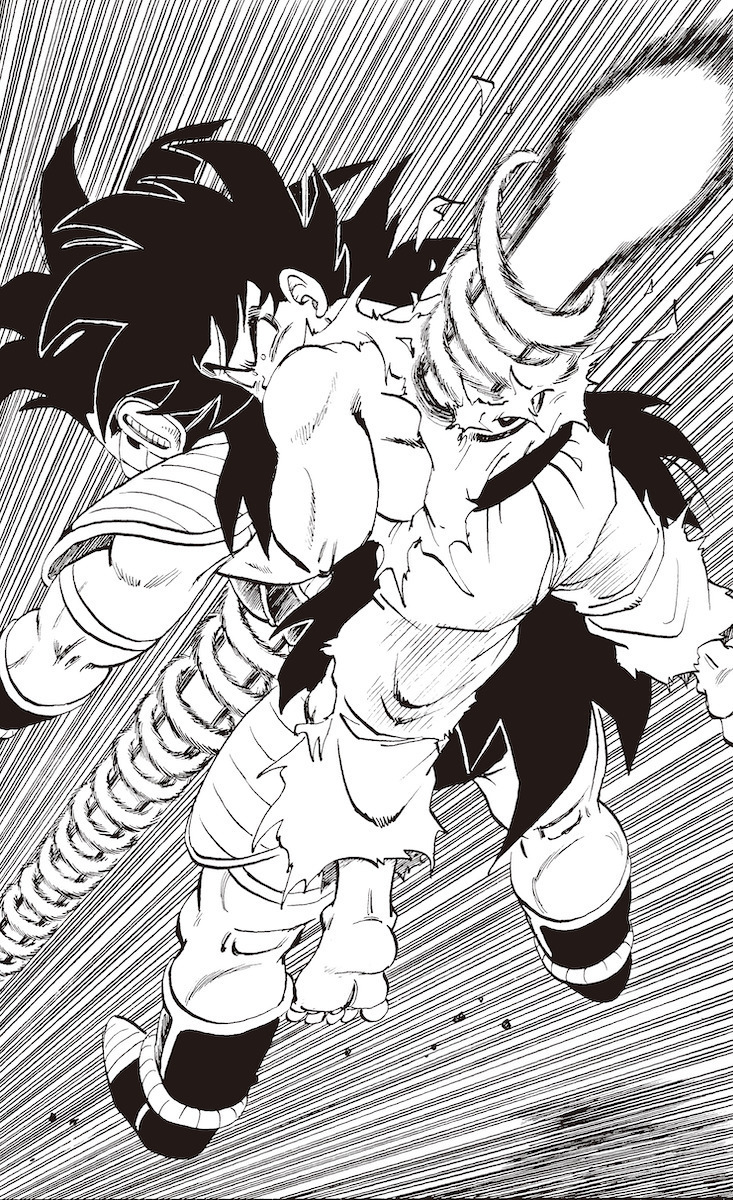
Why Do People in Peru Name Their Children After Dragon Ball Characters?
By the way, I heard that in Peru it's not uncommon for parents to name their children after Dragon Ball characters. Is that true?
In Peru some people choose to name their kids after famous people or popular characters. I think the reason some people choose to give their children the same names as Dragon Ball characters is because they want to show their love for the series.
I see, that's a deep love for Dragon Ball indeed.
When this was covered on the news in Japan, there were 292 children with the name Gohan, 92 named Videl, and 81 named Jiren. Jiren is a relatively new character, but he's proven to be very popular.
Do you think parents who name their child Gohan do so because they want to be like Goku?
(Laughs) That may be a factor! The parents of today who watched the anime grew up with Gohan, so they might have an attachment to his name. Not to mention, the character is both an academic and fighting genius, so they might be hoping that their child grows up to be the same way.
That's a wonderful reason. But it just occurred to me that the name Goku didn't make the rankings!
When I watched a news report on this several months back, there were about seven children named Goku, actually.
So, Goku still has his own fan base after all.

Julio told me his favorite character is Goku. However, he's also fond of Mr. Satan due to how funny he was in the Cell and Majin Buu arcs, and because he feels that Akira Toriyama's personality comes across through the character.
They Can Have the Same Meaning? Surprising Commonalities Between Japanese and Peruvian Spanish
Since we're talking about character names, there's something I'd like to ask you: Are there any character names that mean something in Peruvian Spanish? For example, in Italian, Piccolo actually means "small".
In Peruvian and Latin American Spanish, the name of Goku's wife, Chichi, refers to a woman's chest, so out of concern for children watching the show, her name was changed to "Milk" for the Latin American version.
Interesting! In Japanese it can have the same meaning, and it also means milk!
Oh really? That's surprising to me as well! But when you think about it, Peru has a lot of immigrants, including those from Japan. It is quite possible that the languages people speak start to blend in with the local areas as well. Which reminds me, if you want to talk about the game Rock, Paper, Scissors, there are a lot of areas in Peru where you can call it Jan Ken Po, just like in Japan, and people will know what you're talking about. In other areas, it's known as Piedra (Rock), Tijera (Scissors), Papel (Paper).

Thanks to our conversation today, I have a new appreciation for how much you and the people of Peru love Dragon Ball.
Before we finish, I’d like to share a story of mine. Some years ago, I broke my leg in an accident, and this was also when Dragon Ball Super: Broly premiered in Peru. I wanted to see it, so I paid for a special seat where I could stretch out my leg and watch the film. I’ve been keeping up with all things Dragon Ball since that time, and I think that led to the opportunity to do this interview!
Wow, you're a true fan!
Dragon Ball Love Transcends Borders!
Japan and Peru have ties dating back to the 19th century, and in 2023, the two countries celebrated their 150th anniversary of diplomatic relations. Peru is also known for Alberto Fujimori, who was of Japanese descent and served the country's 54th president. There are so many kind and friendly people in Peru, and I'd love to go back. And since Japanese and Peruvians have a shared fondness for Dragon Ball, it'll be easy to make friends there!
By the way, you may have heard that there's a huge lake in Peru called Lake Titicaca. Although Japanese people may pronounce it with a "chi" sound like the character "Chichi", it's actually pronounced with a "ti" sound, making the two unrelated.
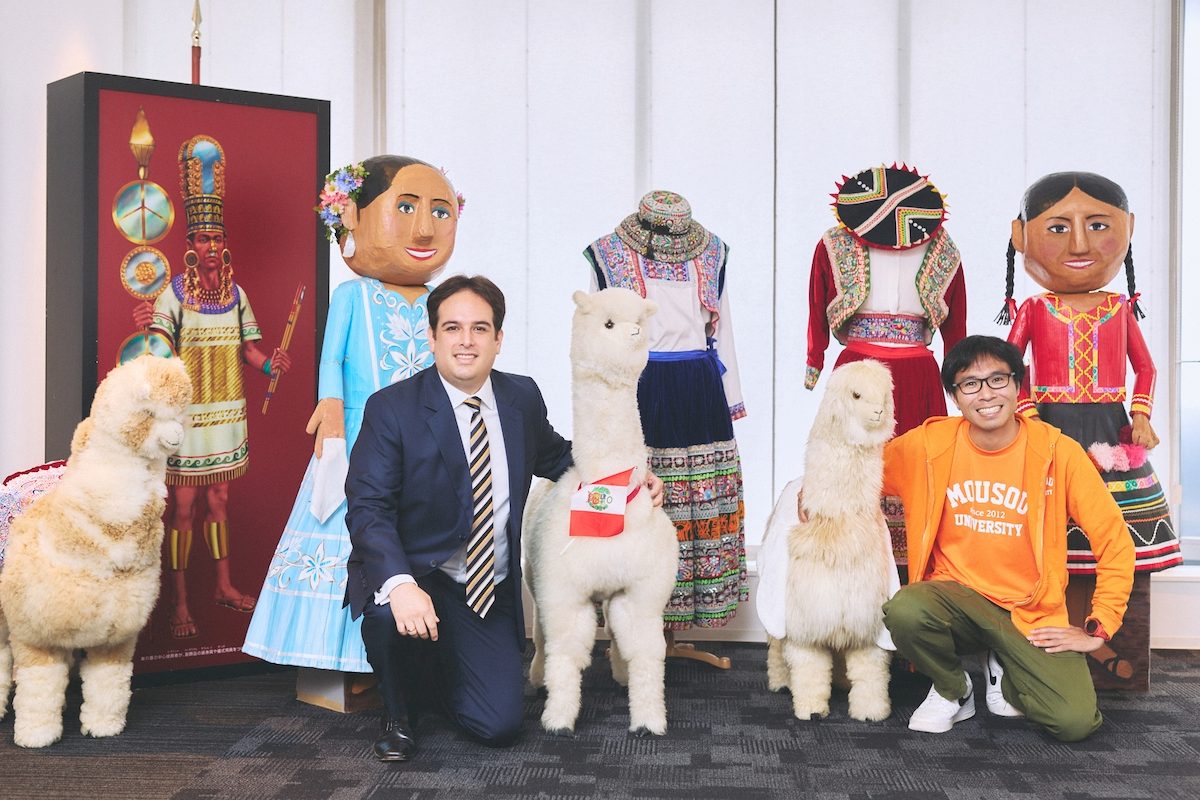
Thank you so much, Julio!
Photography: Kayo Sekiguchi
This site includes machine-translated texts. Please be aware that you might find some unusual expressions that are difficult to understand.
Post
Confirm Post
Post the above comment?
Reply
Confirm Reply
Post the above comment?
Are you sure you want to delete this comment?
Report successful
Post Unsuccessful
This user will be muted.
You will be unable to see comments from muted users in the comments area.
*To unmute users, navigate to the "Comments" area on MY PAGE.
Reply
Confirm Reply
Post the above comment?
Edit
Post
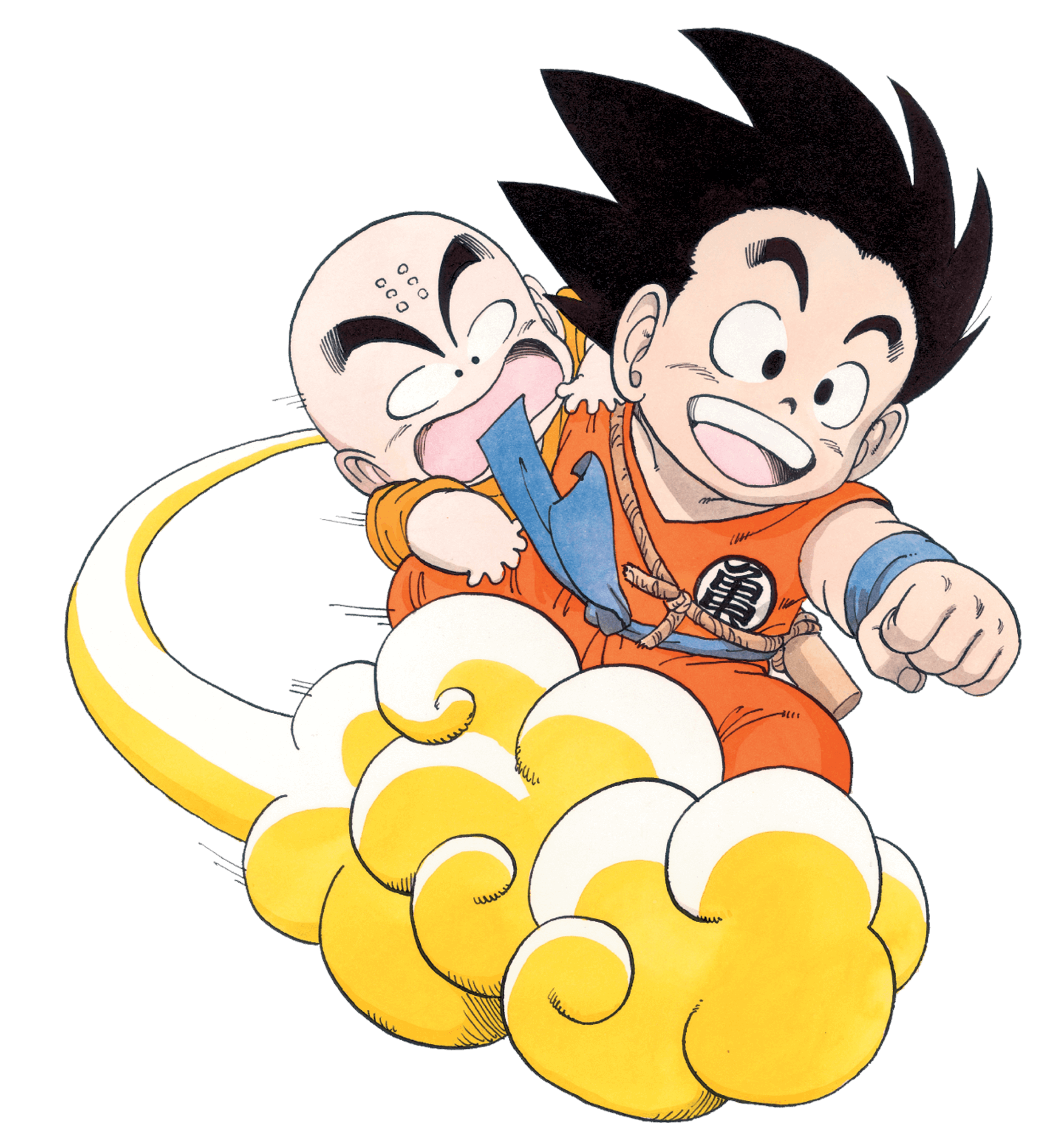

Post
Confirm Post
Post the above comment?
Edit
Post